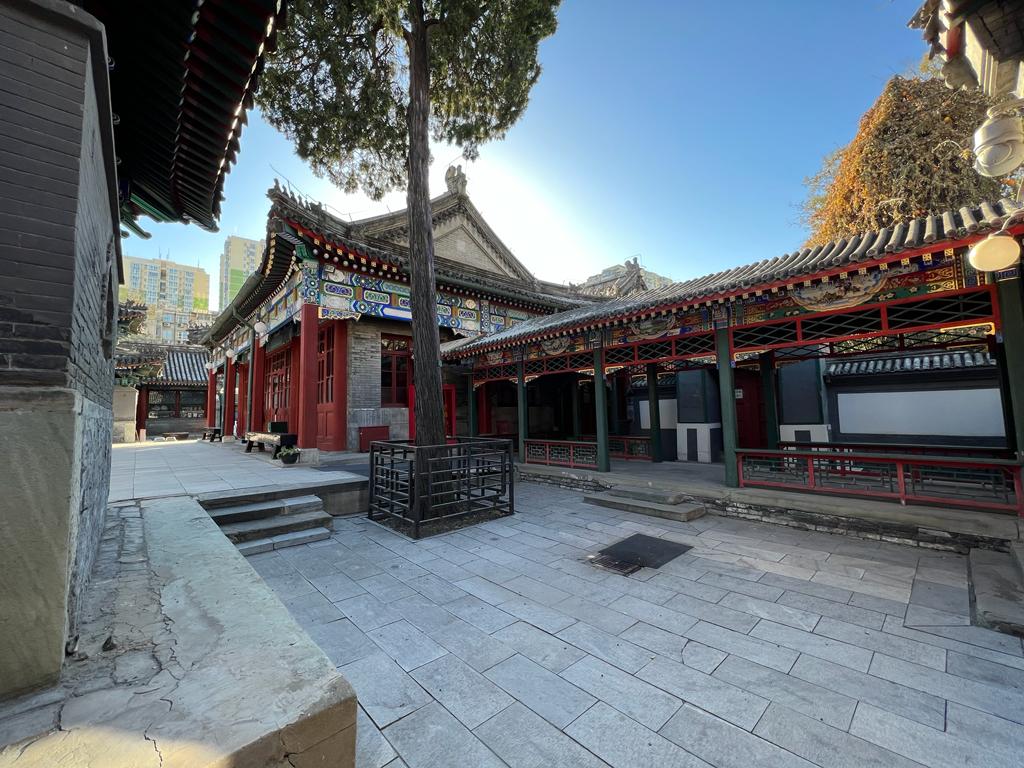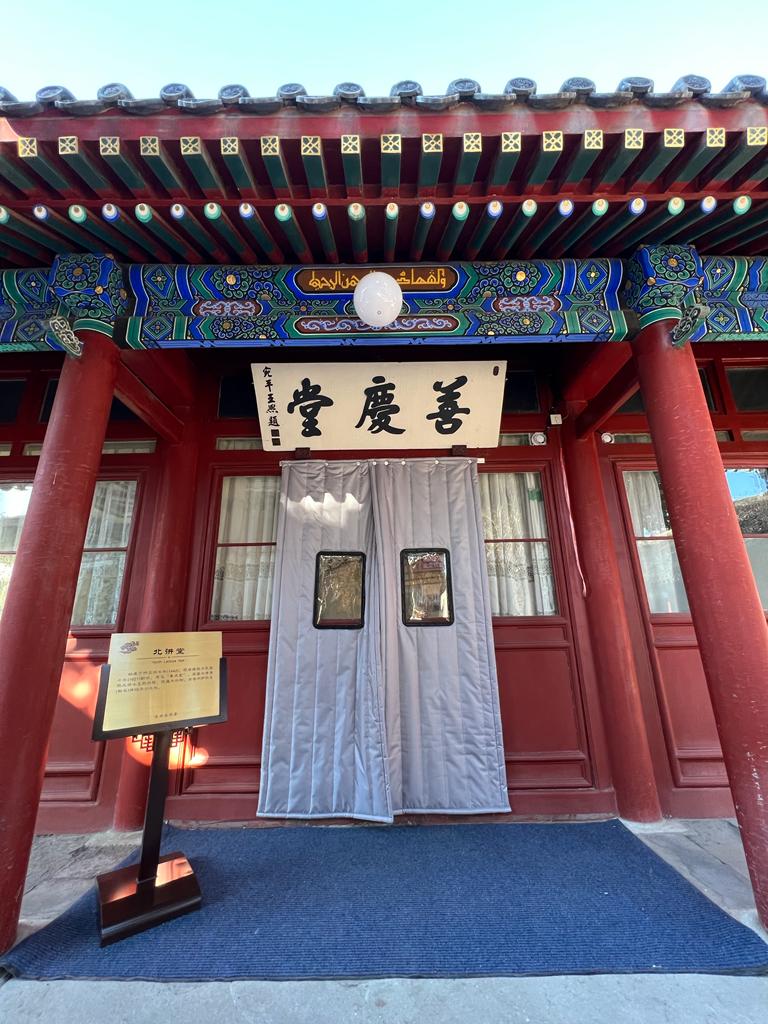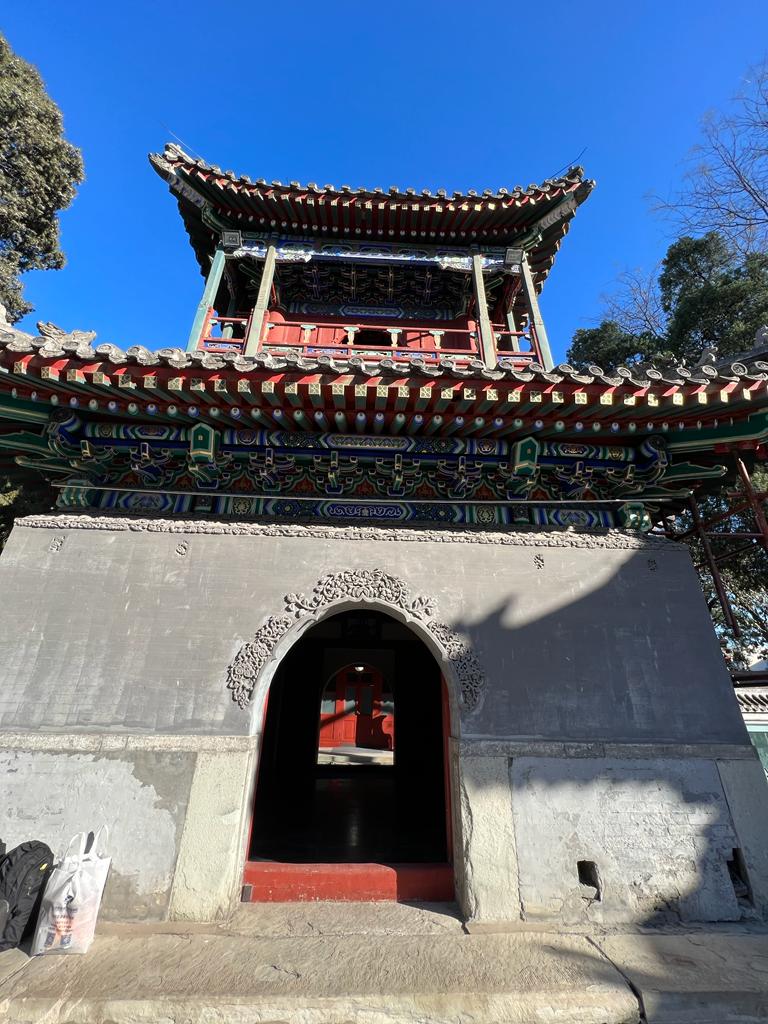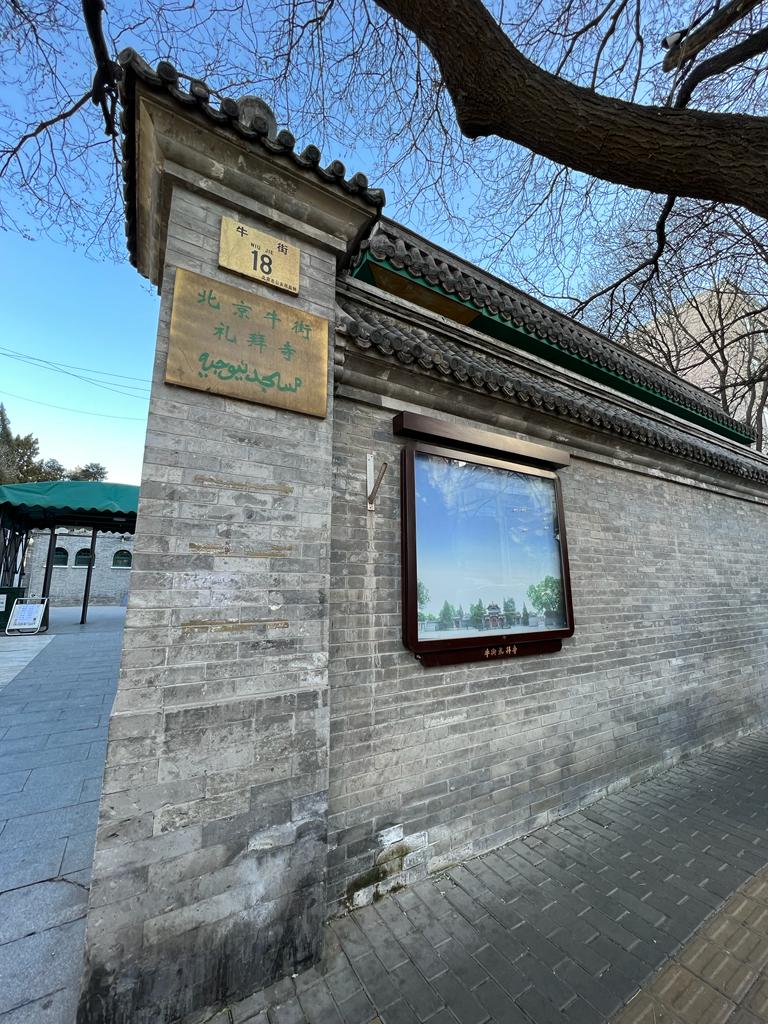History of top mosques and cultural gems offers valuable insights for fellow Muslim travellers on the journey through China
Searching for halal food isn’t the sole concern for Muslims embarking on a journey to China. Amid exploring this vibrant country, the thought of fulfilling daily religious obligations takes centre stage.
Among the myriad cities in China, Beijing emerges as an exceptionally convenient destination for Muslim travellers.
With a Muslim population surpassing 200,000, the city guarantees a seamless experience. Finding a halal restaurant or locating a mosque for prayers becomes second nature, with over 70 mosques scattered across this bustling metropolis.
Within this vast array, 10 mosques stand out as the epitome of spiritual sanctuaries and cultural hubs in Beijing.
Nan Douya, Niujie, Madian, Dongsi, Huashi, Beijing Anwai, Haidian, Fayuan, Jinshifang Street, and Changying mosques embody the essence of religious devotion and communal spirit, enriching the journey for every Muslim visitor.
In this final article on my recent trip to Beijing, I’ll be sharing about the three out of top 10 mosques in the city, including its oldest mosque – Niujie Mosque.

NIUJIE MOSQUE
When in the city, a visit to Niujie Street, fondly known as Halal Street among Muslim travellers, is a must. Why, you ask?
It’s not just the site of the oldest mosque; it’s a journey through captivating architecture, serenity, and a feast of halal delights. Indulging in popular choices like the aromatic hotpot or savoury beef noodles – Niujie Street offers a perfect blend of history, tranquillity, and culinary delights for every visitor.
Focusing back on the oldest mosque, it was originally built in 996 during the Liao Dynasty.
Step into the sacred embrace of Niujie Mosque, a venerable sanctuary that echoes with centuries of devotion. Its storied history spans successive dynasties, with three significant renovations since the founding of the People’s Republic of China in 1949.
Nestled in the heart of Beijing’s largest Muslim community, this hallowed ground sprawls over 10,000 square metres. A harmonious fusion of Islamic and Han Chinese influences graces its architectural tapestry.


Within the mosque’s complex, the 600 square-metre prayer hall stands as a testament to its spiritual significance, accommodating over 1,000 worshippers. This sacred space marries Islamic and Chinese design elements in a captivating dance of culture and faith.
The Tower for Observing the Moon, utilised by imams to mark the onset of Ramadhan, adds a celestial touch to the mosque’s allure.
While the tower and the inner sanctum of the prayer hall remain sanctuaries for believers, certain areas are reserved for women. A courtyard garden cradles the son of the founding Arab imam, along with two sheikhs from Central Asia who traversed the Silk Road to China. Stone tablets, including epitaphs for these venerable figures, further enrich the mosque’s historical tapestry.
Recently adorned with a facelift, Niujie Mosque has expanded its footprint and reclaimed adjacent buildings, one dedicated to offering women a separate place of worship.
As you stroll near the mosque, expect a warm welcome from local Muslims who have just concluded their prayers. They’ll greet you with a warm and friendly smile and an “Assalamualaikum (peace be upon you)”.

NAN DOUYA MOSQUE
This mosque traces its roots back to the Yuan Dynasty (1279–1368). However, the current structure underwent a reconstruction in 2000, thanks to a substantial government grant. Originally serving the local Hui community, it has now become a destination for thousands of foreigners each year.
Despite Nan Douya Mosque not charging an entrance fee, they do encourage donations from visitors. Situated in the Dongcheng District, the main entrance features an Islamic lintel adorned with a crescent moon.
Opposite this entrance stands a traditional Chinese-style screen wall. Apart from the prayer halls for both male and female worshippers, the mosque also houses various other facilities.
Nan Douya Mosque has also been rebuilt in the traditional Chinese courtyard house style.
It stands as a prime example of modern construction techniques harmoniously blending with traditional Chinese and Islamic architectural styles, making it a remarkable testament to the evolution of mosque design.

MADIAN MOSQUE
Encompassing an impressive expanse of over 3,800 square metres, this mosque, reconstructed during the Qing Dynasty (1662-1722), boasts the distinctive style of a traditional Chinese courtyard.
Key structures include the prayer hall, teaching rooms, and a dedicated hall for female Muslims, with the main hall situated in the third yard.
The Madian area, home to a significant Muslim population, forms another vibrant Muslim community after Niujie. It consistently draws visitors, including those from universities, expatriates, and Muslims from various corners of the globe, notably from Arabic countries and Southeast Asian nations.
Nestled in Beijing’s Haidian District, this mosque has earned recognition as one of the state-level protected key cultural relic sites in Beijing.
The architectural charm of the mosque resonates with China’s traditional courtyard style, creating a serene environment adorned with ancient trees that have stood witness to the centuries-long development of the Madian Mosque, shielding it from the elements.
In recounting the highlights of my eight-day Beijing Muslim Tour last December, this exploration of the top Beijing mosque marks the conclusion of my journal.
I trust that readers, especially fellow Muslim travellers, have gleaned insights into noteworthy places to visit and experiences to savour, including indulging in authentic halal dishes through my travelogue.
As a parting thought, I recommend travelling in groups for a more enriching experience, and having a language translator app handy in China is a wise choice, given the potential language barriers that could otherwise prove inconvenient. – Lyna Mohamad






